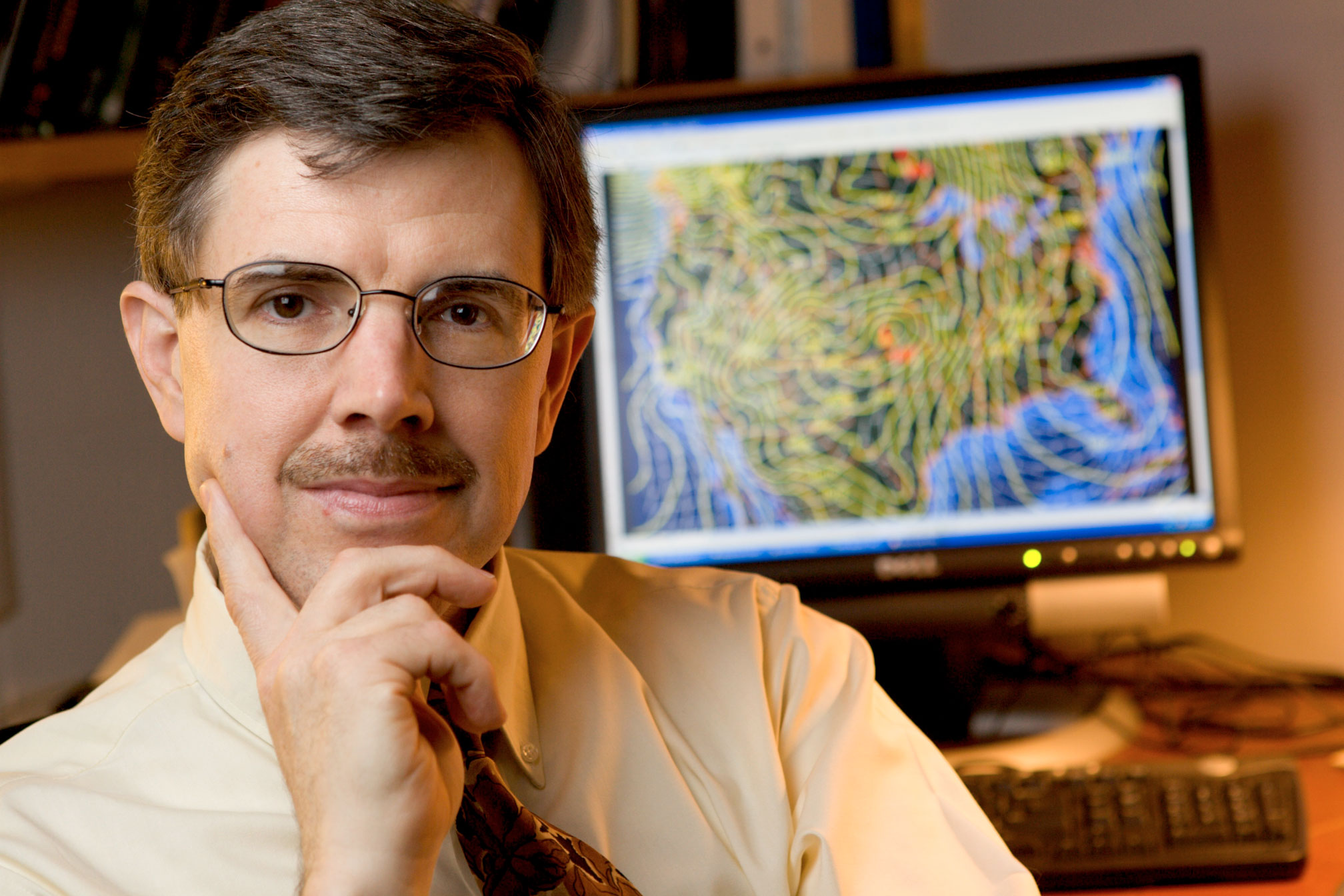Athens, Ga. – It’s not just the desire to stockpile a pantry that pushes people to buy bread and milk before a winter storm, says a University of Georgia researcher. The last-minute shopping is also driven by childhood experiences or weather-related trauma.
Alan Stewart, a professor in the UGA College of Education’s department of counseling and human development services who studies how people react to the weather, said someone’s past weather experiences can influence how they react today to an impending storm.
“Individuals have very different ways of reacting to risks posed by the weather,” said Stewart. “It’s more than being cautious … people who have had property damage or injuries tend to be more risk-adverse than the ones who take a risk and make out OK.”
For example, if someone has witnessed a particularly violent thunderstorm as a child, they may find themselves on high alert when a thunderstorm rolls through as an adult. And this has no bearing on how risk-averse someone is in their daily life-just because someone tends to take certain risks in life doesn’t mean they aren’t rushing to the store when a winter storm threatens.
Add these weather-related fears to an onslaught of social media and news reports urging people to prepare, and it can create a perfect storm of panic.
“It probably is fear of, one, not knowing how long the event is going to last, and two, do people have everything they need?” he said. “So if the weather service and the media want to prepare people-and they want to avoid what happened in Atlanta a few years ago-people get milk, bread and eggs. These are just things you get every few days.”
Stewart added that we tend to easily recall our most challenging weather events-and as a result, we tend to overreact to smaller storms. But at the same time, childhood memories can serve to romanticize the experience of a snow storm just as much as create panic.
Snow might evoke holiday-themed pictures and books set amid winter snow, for example. And even the way the landscape changes after a snowfall can influence your future reactions to a winter storm. “Especially as a child, it really engages,” he said.


